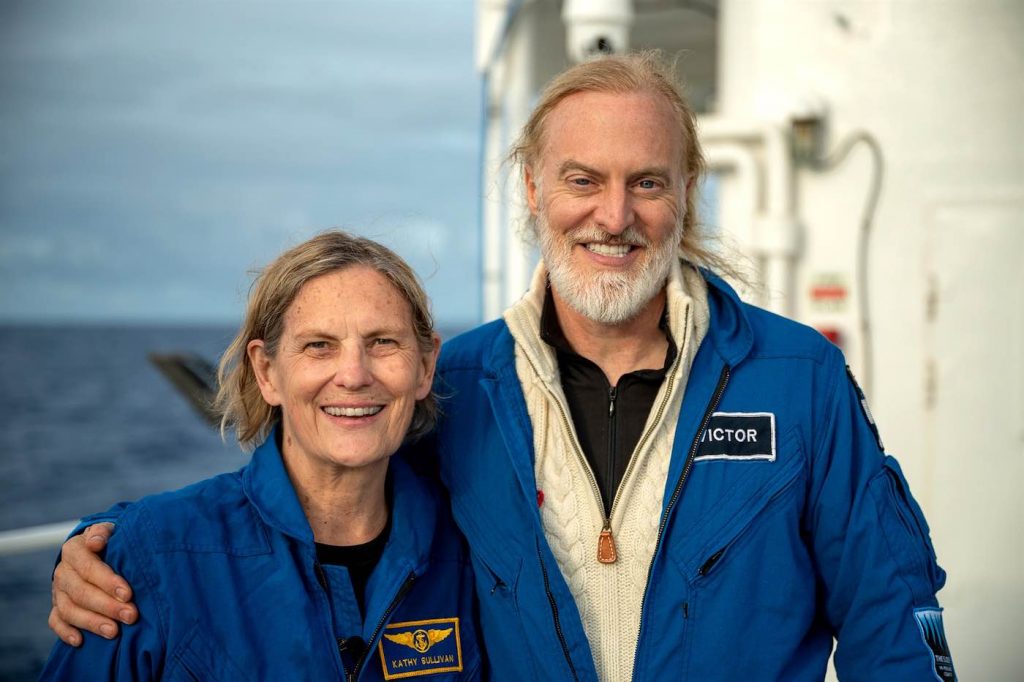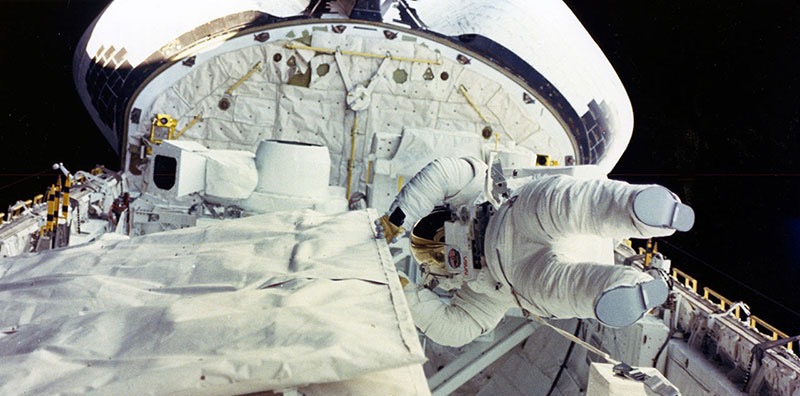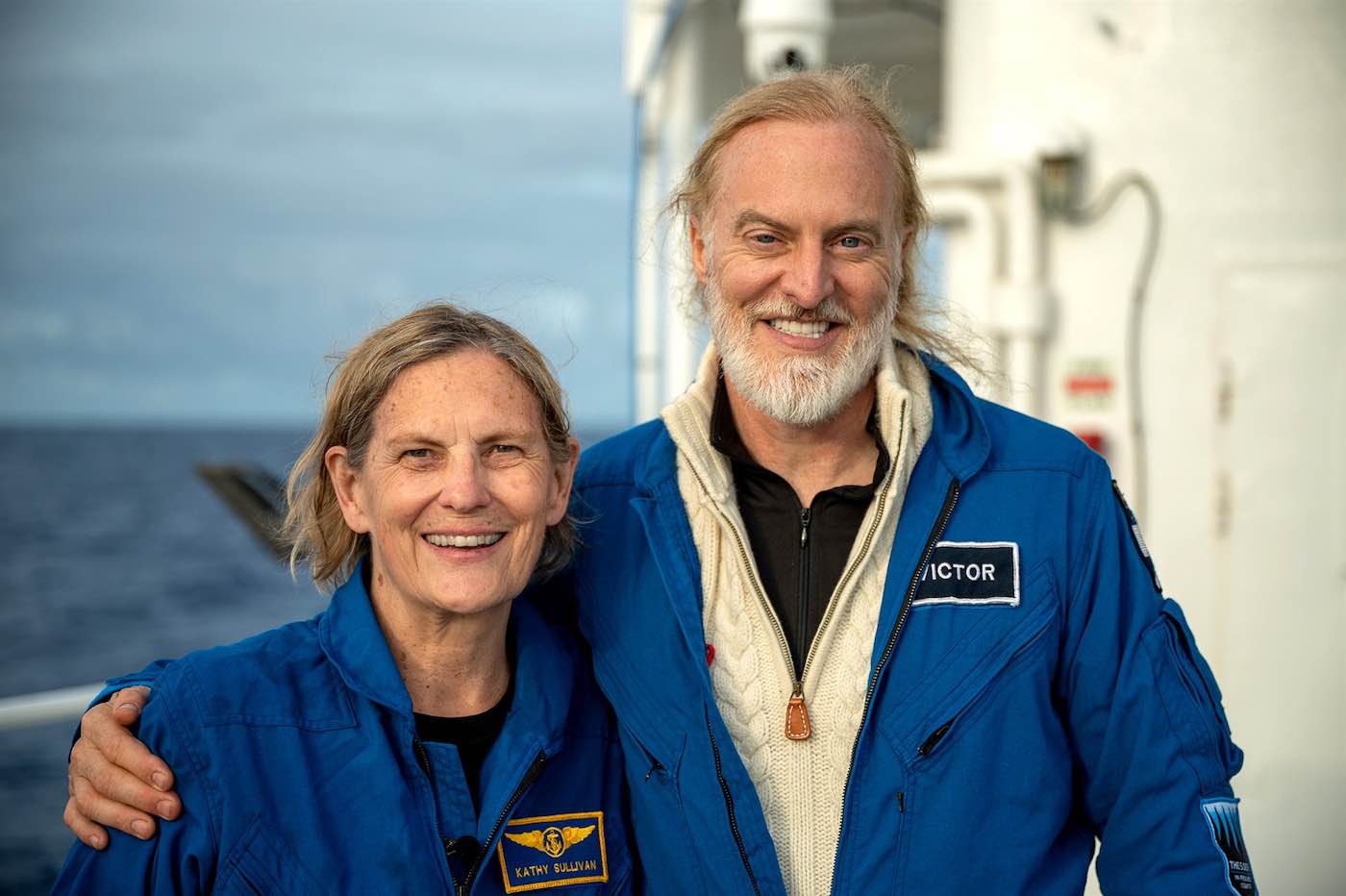With an absolutely poignant hunger for adventure, the first American woman to walk in outer space becomes the first woman to set her eyes upon the deepest-known point on the ocean floor.
In doing so, she also becomes the first human to do both.
From the International Space Station, 254 miles above the surface of the earth, to the Challenger Deep, about seven miles below it, one could say that in her life, Dr. Kathy Sullivan has had high points and low points.
In 1978, Dr. Sullivan joined NASA as part of the first group of U.S. astronauts that included women. On Oct. 11, 1984, a veteran of three space shuttle flights, she became the first American woman to walk in space.
The astronaut has always been fascinated by oceanography. Now, just as she reached for the stars at age 33, she completed a 35,810-foot (11,000 meters) dive to the Mariana Trench’s deepest point at age 68.
Inner-space Outer-space
With her colleague, oceanographer Victor Vescovo, she spent an hour and a half at the lowest point in the ocean, called the Challenger Deep, on Sunday, June 7th. They took photographs from the security of their specialty submersible, Limiting Factor, marveling at the other world below.

Only mere weeks after the first privately-built and funded rocket, the SpaceX Dragon took astronauts to the ISS, the Limiting Factor from Triton Submersibles became the first privately-built and funded submersible to repeatedly visit the Challenger Deep.
After the four hour ascent back to the surface, they docked with the mothership—the DSSV Pressure Drop—where, in another ‘world first’, a call between the International Space Station and the Pressure Drop was arranged so that Sullivan could speak with her astronaut colleagues.

“As a hybrid oceanographer and astronaut this was an extraordinary day, a once in a lifetime day, seeing the moonscape of the Challenger Deep and then comparing notes with my colleagues on the ISS about our remarkable reusable inner-space outer-spacecraft,” said Dr. Sullivan in a statement released by EYOS Expeditions, the organizers of the deep-dive.
EYOS expedition leader Rob McCallum said, “It was amazing to set up a conversation between two ’spacecraft’; one operating as a platform for research in outer space, the other an exploration vehicle for ‘inner space’. It highlighted the vast span of human endeavor while at the same time linking us close together as fellow explorers.”
“We made some more history today… and then got to share the experience with kindred spirits in the ISS,” said Victor Vescovo. “It was a pleasure to have Kathy along both as an oceanographer during the dive, and then as an astronaut to talk to the ISS.”
RELATED: Lone Canadian Sailing the Globe May Be Literally the Safest Human on Earth From COVID-19
SEND This Inspiring Story to the Far Reaches of Your Social Media Feeds…




















